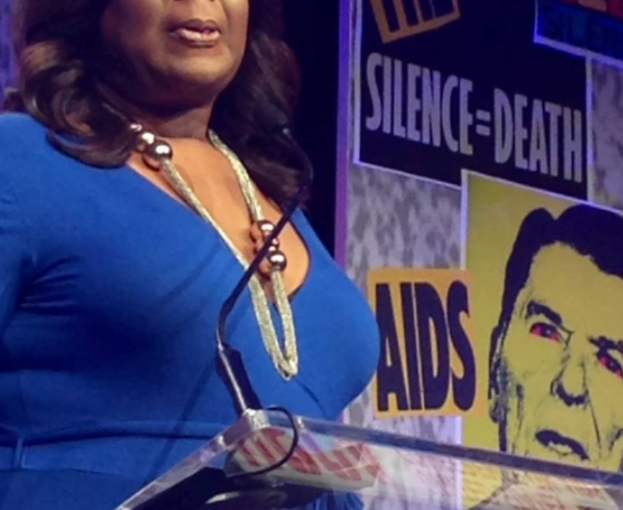This study examines the emotional turmoil that makes it more difficult for young people with HIV to successfully navigate the health care system.
Resource Category: Evaluation
PrEP Use Doesn’t Increase STIs Among Black MSM, New Study Shows
Some researchers have expressed concern that, as pre-exposure prophylaxis (PrEP) use increases in the U.S., so will the transmission of other sexually transmitted infections (STIs). A new study involving black men who have sex with men (MSM) pushes back against that worry.
HIV Prevalence Among Transgender Women Lower Than Previously Estimated, but Rates May Not Be Going Down, New CDC Study Finds
A new systematic review conducted by researchers at the Centers for Disease Control and Prevention (CDC) estimates that 14% of trans women and 3% of trans men are living with HIV. This article explores the risk of contracting HIV among transgender women.
HIV Infection Risk, Prevention, and Testing Behaviors among Men Who Have Sex with Men, National HIV Behavioral Surveillance 23 U.S. Cities, 2017
This report provides descriptive, unweighted data that can be used to describe HIV infection among MSM and the percentages reporting specific risk behaviors, HIV testing, and participation in prevention programs.

Transgender Engagement, Prevention & Care
This PowerPoint Presentation explores best practices for enhancing HIV prevention, care, behavioral health and social services for Transgender individuals of color.
HIV Partner Service Delivery Among Blacks or African Americans
In 2016, CDC funded 61 state and local health departments to implement comprehensive HIV prevention programs, including partner services. CDC analyzed HIV partner services client-level data in the National HIV Prevention Program Monitoring and Evaluation system submitted by 59 health departments. This study explores the findings of Partner Services among Blacks/African Americans in the 61 funded states and local health departments.
Webinar: Whole-Health Assessment
The Whole-Health Assessment is the foundational training for His Health’s series.
In this training, candid discussion among experienced providers highlights how the intersection of race and sexuality affects Andre’s experience seeking care as a young Black man who has sex with men (MSM). This course includes information on relevant STD/STI screenings, mental and behavioral health assessments, anal health screening, and vaccinations. You will consider the influence of patients’ experiences both outside of and within your clinical setting, and practice simple strategies to facilitate culturally appropriate, holistic health care for Black MSM patients.
4 Phases of Social Network Strategy (SNS) for HIV Testing
Social Network Strategy (SNS) for HIV Testing Recruitment is an evidence supported approach to engaging and motivating a person to accept a service. SNS is particularly useful to recruit persons at risk for HIV into testing. This infographic highlights the 4 phases of the social networking strategy. The phases are: 1) Recruiter Enlistment, 2) Engagement, 3)Recruitment of Network Associates, 4) HIV Testing
Webinar: UPTAKE AND UTILIZATION OF PREP AMONG BLACK MSM: WHY RACE MATTERS (HTPN073)
During this webinar, Dr. Darrell Wheeler explains the findings of HPTN073 and takes questions from THRIVE jurisdictions, providers and community partners.
Housing Instability Risk
This presentation examines the correlation between behavioral health and housing instability. The presenters explore the process of effectively assessing one’s risk for housing instability and the circumstances that contributes to one’s lived experience.